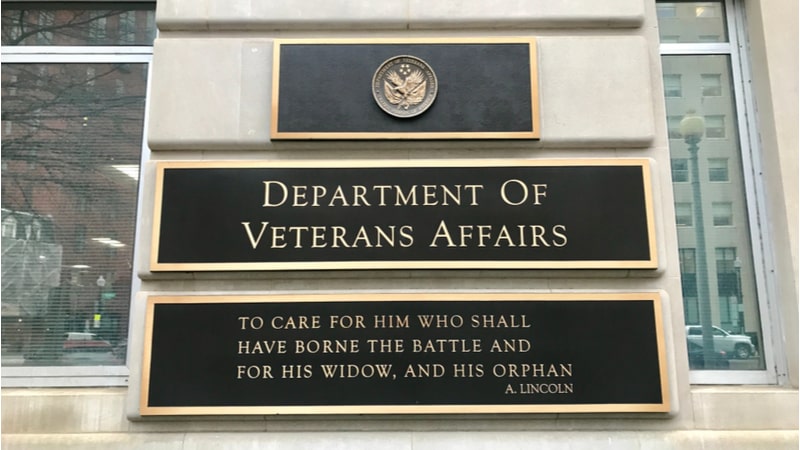
The Department of Veterans Affairs (VA) is utilizing capabilities from Splunk to see “into the future” in an attempt to answer questions such as whether or not the agency will hit telehealth capacity, a VA official explained today.
At the Dec. 14 Splunk GovSummit in Washington, D.C., Kodi Kirchofner, VA’s infrastructure monitoring architecture and standards manager, explained how the VA has “several use cases where it makes sense to use Splunk.”
One of those use cases – and the one Kirchofner said the VA is “most proud of” – is in the telehealth space. He said the VA has thousands of telehealth visits in a day, and in the past, that data was very siloed.
Through using Splunk, he said his team is now able to see a full visual representation of their tech stack, with forward-looking capabilities.
“We can look 15 minutes into the future to determine if we’re going to hit capacity,” Kirchofner said. “And because we’ve had that issue in the past, instead of hitting capacity, and it becoming a crisis, we’re able to see 15 minutes before it happens, ‘hey, we’re going to hit that wall. Let’s throw up another conference node.’ So that way, we can distribute that service and we’re not impacting ends users.”
Additionally, he said the VA is able to help its customers determine future use cases for data they bring into Splunk. For example, he said his team is working with customers to show them how Splunk can help them along their journey and “see the value.”
“We need to know why you want to bring in that data. I’ve seen it in the past where Splunk is treated as a dumping ground, and because I have a log it has to go into Splunk – and it’s just not true. It’s not what it’s designed for,” he explained.
“So, I make it clear to my teams that are instrumenting, as well as to our customers, that we need to have a use case, we need to have a reason why we’re bringing this data in,” he continued. “And in many cases, we work with them in order to find that – because they don’t always know. They know that they need to meet 21-31, but they don’t know exactly what they need to bring in, how they need to bring it in, and what they can do with it.”
Kirchofner said that it takes a lot of cooperation and partnership in order to get there, “but once they see the value, they end up loving it.”
